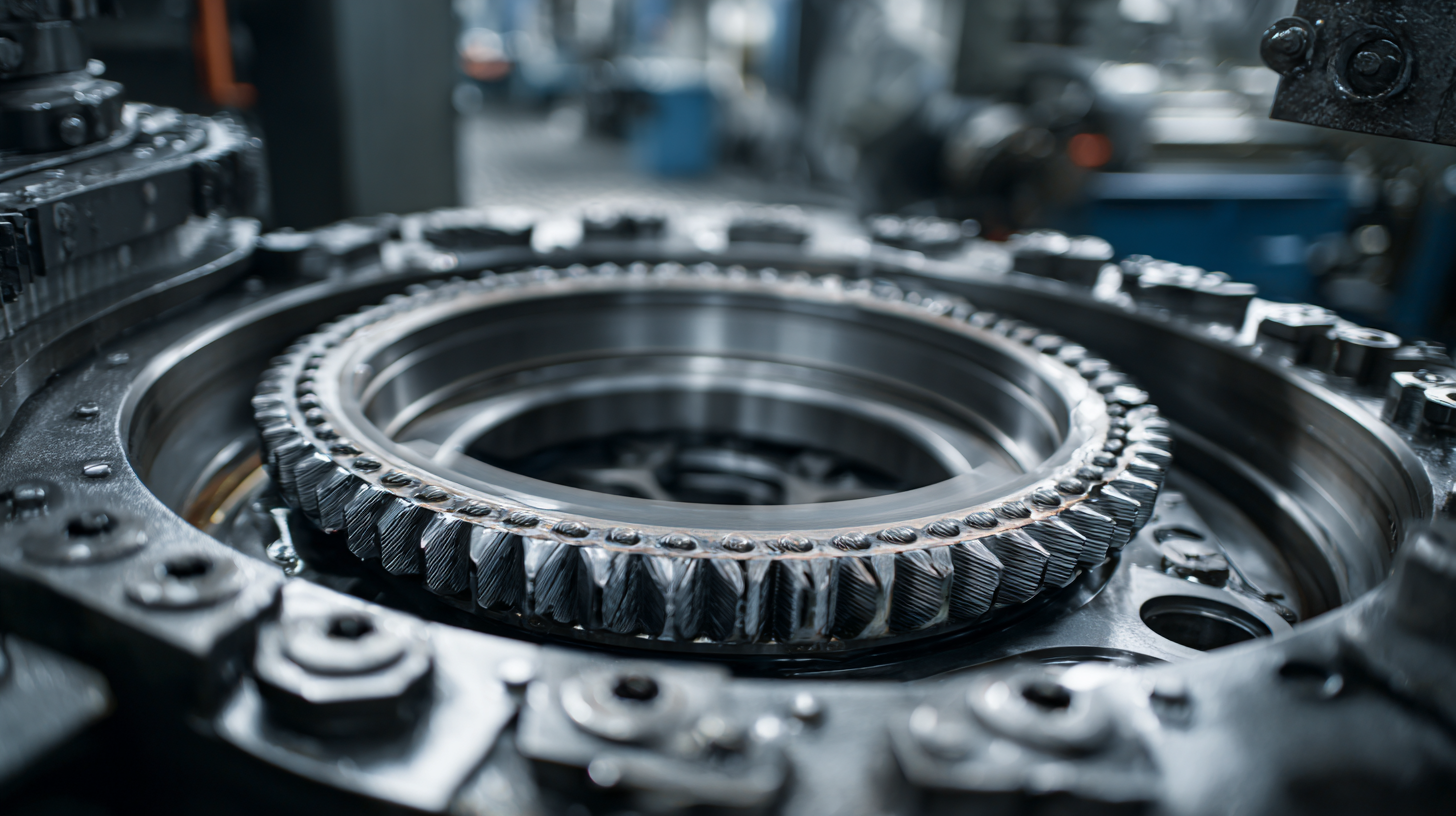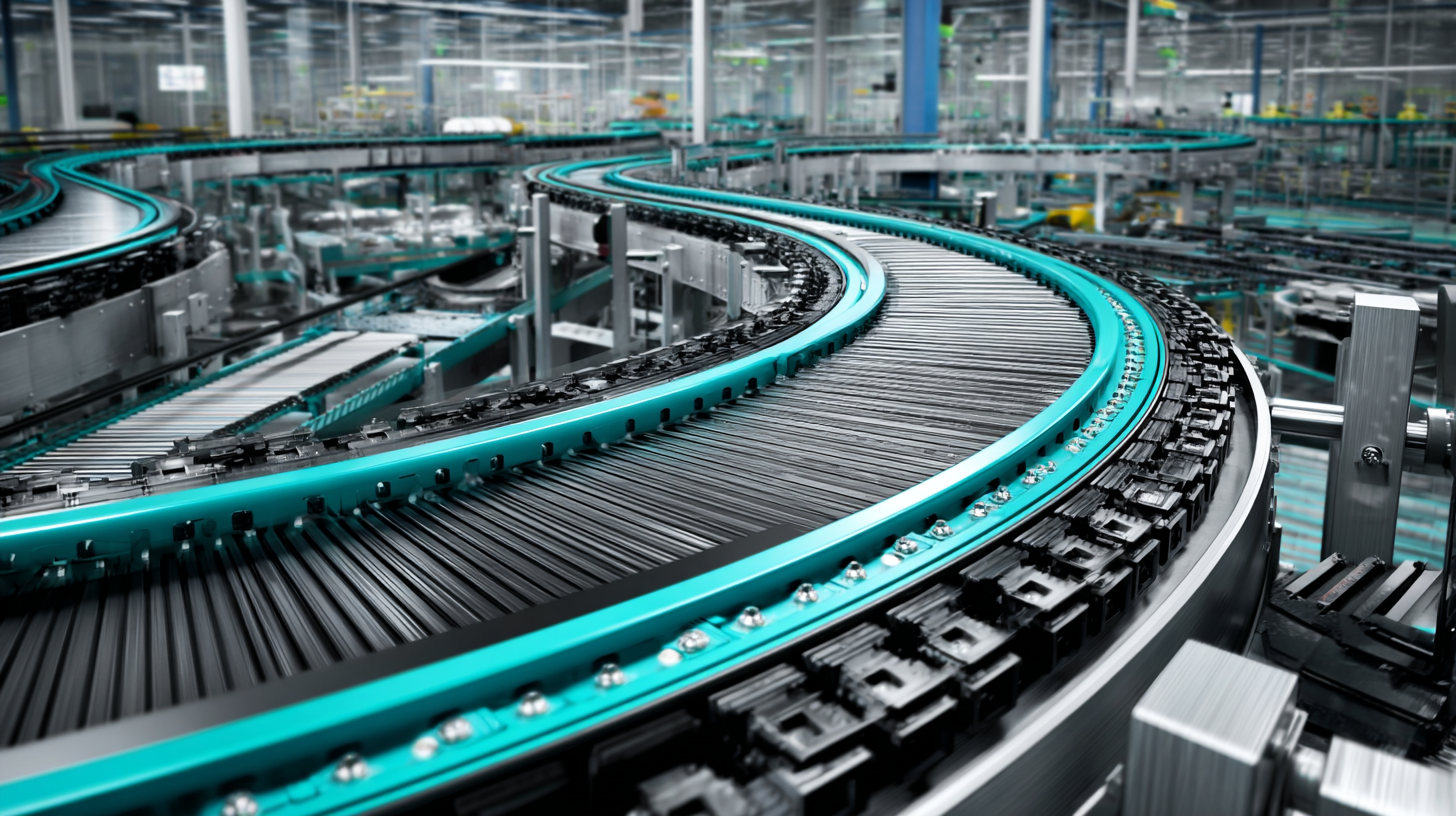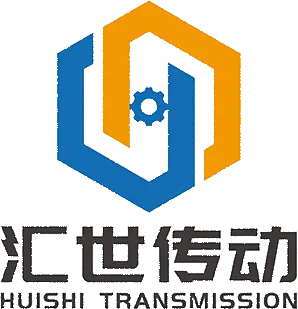 +86-19862000127
+86-19862000127





The manufacturing landscape is undergoing a transformative shift with the advent of advanced Convertor Belt technology, which has become a cornerstone for enhancing operational efficiency. Recent industry reports indicate that implementing state-of-the-art Convertor Belt systems can reduce production time by up to 30%, while simultaneously lowering labor costs by approximately 20%. These sophisticated systems not only streamline material handling but also contribute to improved workflow and minimized waste. Additionally, according to a study by the International Federation of Robotics, automated systems that utilize high-performance Convertor Belts are projected to increase overall equipment effectiveness by 15%, making them essential for competitive advantage in the fast-paced industrial sector. As manufacturers embrace this innovative technology, the potential for enhanced productivity and sustainability becomes increasingly evident, revolutionizing the industry for years to come.

The integration of smart conveyor belt systems is fundamentally transforming production lines across various industries. These advanced systems utilize cutting-edge technology, including IoT sensors and real-time data analytics, to enhance operational efficiency. By enabling seamless communication between machines and workforce, they facilitate better resource management and minimize downtime. Consequently, manufacturers can respond swiftly to changes in demand, optimize workflow, and significantly increase overall productivity.
Moreover, smart conveyor belts offer enhanced safety features, reducing the risk of workplace accidents. Equipped with automated monitoring capabilities, these systems can detect anomalies and alert operators, ensuring a safer environment for workers. Additionally, their adaptability allows for easy reconfiguration, accommodating different production requirements without extensive downtime. As industries continue to seek innovative solutions to streamline operations, smart conveyor belt systems will play a pivotal role in driving manufacturing excellence and competitiveness.
The modernization of manufacturing processes is significantly influenced by advancements in automation, particularly in the realm of convertor belt technology. By implementing automated convertor belts, manufacturers can streamline workflows and minimize downtime, leading to enhanced operational efficiency. Automation technologies like AI optimally manage tasks ranging from production scheduling to quality control, ensuring a higher accuracy in production processes. This shift towards automation not only accelerates the pace of manufacturing but also allows for real-time adjustments, reducing the chance of errors that can lead to costly delays.
Furthermore, the integration of digital maintenance, repair, and operations (MRO) strategies is becoming pivotal. Technologies such as predictive maintenance and data analytics facilitate proactive asset management, allowing manufacturers to address potential equipment failures before they disrupt production. The focus on minimizing operational downtime ensures that manufacturing facilities remain competitive, as industry players leverage these innovative solutions to fulfill increasing market demands efficiently. Overall, advanced convertor belt technology, in conjunction with automated systems, exemplifies a transformative approach that significantly enhances workflow and operational reliability in manufacturing.
The integration of IoT technology in the manufacturing sector is transforming real-time monitoring and control, thereby enhancing operational efficiency. As industries increasingly adopt advanced converter belt technology, the ability to track assets via IoT-enabled devices gives manufacturers unprecedented insight into their workflows. This real-time data collection allows for immediate adjustments, optimizing production processes and reducing downtimes significantly.

Moreover, the wireless industrial IoT sensor market is projected to experience substantial growth, with estimates indicating a rise from $7,973.2 million in 2025 to $21,498.2 million by 2033, boasting a compound annual growth rate of 13.2%. Such growth underscores the importance of connectivity in modern manufacturing, where machine-to-machine communication plays a vital role. The convergence of IoT, AI, and building information modeling (BIM) is not merely an enhancement; it is now essential for sustainable infrastructure and efficient resource management, ensuring the longevity and effectiveness of manufacturing operations.
The incorporation of advanced conveyor belt technology in manufacturing significantly enhances safety standards across various industries. With a report from the Occupational Safety and Health Administration (OSHA) indicating that conveyor-related injuries account for approximately 20% of workplace incidents, the need for improved safety features has never been more critical. New technologies such as automated speed control, emergency stop systems, and sensor integration are being implemented to minimize risks associated with conveyor operations. According to a recent study by the International Journal of Industrial Ergonomics, facilities that adopted enhanced conveyor systems reported a 35% decrease in injury rates within the first year of implementation.
Moreover, modern conveyor belts are now equipped with features like anti-slipping surfaces, which help to ensure secure material handling, and advanced monitoring systems that track performance in real-time. According to a report by Technavio, the global conveyor system market is projected to reach $9.6 billion by 2025, driven partly by the demand for safety improvements. By leveraging these advanced technologies, manufacturers not only protect their workforce but also optimize production efficiency, as safer operations are inherently more productive. The convergence of safety and efficiency through advanced conveyor belt technology presents a win-win scenario for the industry, paving the way for a more secure and productive future.
The advancement of converter belt technology is pivotal in enhancing resource efficiency within the manufacturing sector. By incorporating automated systems and precision engineering, these modern belts significantly reduce material waste during production processes. This innovation allows manufacturers to streamline operations, ensuring that raw materials are utilized to their maximum potential. Furthermore, the improved speed and reliability of advanced converter belts minimize downtime, enabling factories to maintain a continuous flow of production while utilizing fewer resources.

Sustainability is increasingly paramount in manufacturing, and advanced converter belt technology plays a crucial role in promoting eco-friendly practices. By facilitating better energy management, these belts decrease the overall carbon footprint associated with production. Manufacturers are now able to implement recycling and reusing practices more effectively by integrating these advanced systems, further mitigating environmental impact. As industries aim to balance productivity with responsibility, advanced converter belts emerge as essential tools for achieving sustainability goals in an increasingly resource-conscious world.



